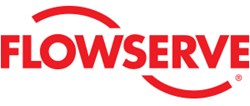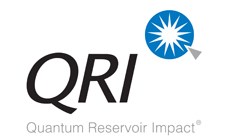Whitepapers
World Oil white papers include literature on the latest trends, development and advances in the offshore and onshore oil and gas industry, including technology and technologies relating to operations, shale, technology, subsea, deepwater, rig activity, drilling, innovations in the oil and gas industry and more.

Make Better Decisions: Get critical knowledge with real-time monitoring during fracture operations
August 02, 2016
Sponsored by: Packers Plus
When uncertainty arises during downhole operations, hours or days can be wasted on trial-and-error solutions. Operators have traditionally relied on pressure and pump charts to monitor operations, but in many cases, a pressure signature is not present or clear. The ePLUS™ Retina monitoring system provides a cost-effective way to verify completion operations, accurately and independently from other measurements. By fostering an environment for confident decision-making, operators can troubleshoot problems quickly, safely, and effectively.

The Next Generation of Production Allocation – A White Paper by NavPort
August 01, 2016
Sponsored by: NavPort
Production allocation has long been a “ball park” guesstimate, at best. Today, it’s more important than ever to be able to accurately forecast production at the well-level. Leveraging NavPort’s renowned completion data, our allocation model utilizes unique and proprietary variables to compensate for a well’s lack of pending, test, or IP data. Read more about our patent-pending methodology and how it’s upending competing methods.

Intrusive vs. Non-Intrusive Electric Actuators: Which Option Is Right for Your Installation?
August 01, 2016
Sponsored by: FlowServe
This paper analyses the key questions which a user should answer before making the choice between intrusive and non-intrusive electronic actuators. It also carefully compares the benefits and limitations of each. Choosing the right electronic actuator takes careful consideration of several key application factors. Both have advantages and disadvantages in particular applications. Download this paper today to help guide your decision making process.

Arc fault-resistant cabinet solutions for medium voltage drives
June 30, 2016
Sponsored by: Siemens
Nationally, about 2,000 arc burn related injuries require hospitalization. These injuries have become a major concern, particularly in regard to medium voltage arc faults. Currently there is no agreed upon standard for arc resistant medium voltage drives. There are, however, solutions claiming some form of arc resistant capability. The paper “Arc fault-resistant cabinet solutions for medium voltage drives” explores both the causes of arc faults and the solutions that can help protect personnel from injury.
Download the paper today to learn more about this important issue.

New Technologies Guide Strategic Changes in a Low Oil Price Environment
June 17, 2016
Sponsored by: QRI
A low oil price environment presents a distinct challenge to the field development planning and reserves estimation process. The bulk of the world’s mature assets are currently operating on autopilot, with little active investment, and with a reserves base that is not accurately quantified. New techniques that can be executed with a small team in just a few weeks, without a full field model, lead to significant value creation opportunities, even at low oil prices.


